The eclectic art of which the Carracci family dreamed was realised by Rubens with the ease of genius. However, the problem was much more complicated for a man of the north, who wished to add to it a fusion of the Flemish and Latin spirits, of which the rather pedantic attempts of Romanism had illustrated the difficulties. He achieved it without losing anything of his overflowing personality, his questing imagination, and the enchanting discoveries of the greatest colourist known to painting. Rubens, the greatest master of Baroque painting’s exuberance, took from the Italian Renaissance what could be of use to him, and then built upon it a style of his own. It is distinguished by a wonderful mastery of the human form and an amazing wealth of splendidly lighted colour. He was a man of much intellectual poise and was accustomed to court life, travelling from court to court, with pomp, as a trusted envoy. Rubens was one of those rare mortals who do real honour to humanity. He was handsome, good and generous, and he loved virtue. His laborious life was well ordered. The creator of so many delightful pagan feasts went each morning to mass before proceeding to his studio. He was the most illustrious type of happy and perfectly balanced genius, and combined in his personage passion and science, ardour and reflection. Rubens expressed drama as well as joy, since nothing human was foreign to him, and he could command at will the pathos of colour and expression which he required in his religious masterpieces. It might be said that he was as prolific in the representation of the joy and exuberance of life as Michelangelo was in the representation of passionate emotions.

The Origin of the World
Jp. A. Calosse, Hans-Jürgen Döpp
book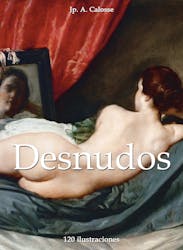
Desnudos 120 ilustraciones
Jp. A. Calosse
book
Paul Gauguin y obras de arte
Jp. A. Calosse
book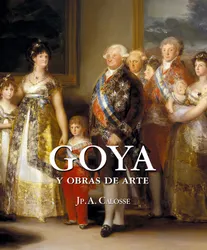
Goya y obras de arte
Jp. A. Calosse
book
Pablo Picasso 1881 - 1914
Jp. A. Calosse
book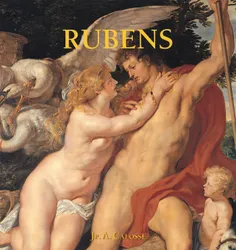
Pedro Pablo Rubens
Jp. A. Calosse
book
The Renaissance Engravers
Jp. A. Calosse, Charmian Mezentseva
book
Love 120 illustrations
Jp. A. Calosse
book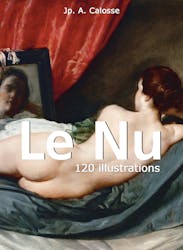
Le Nu 120 illustrations
Jp. A. Calosse
book
Love
Jp. A. Calosse
book
Goya et œuvres d'art
Jp. A. Calosse
book
Paul Gauguin et œuvres d'art
Jp. A. Calosse
book
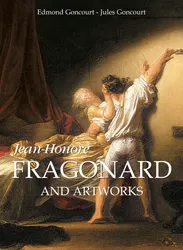
Jean-Honoré Fragonard and artworks
Edmond de Goncourt, Jules de Goncourt
book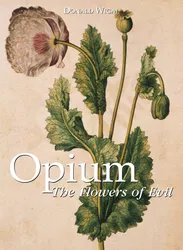
Opium. The Flowers of Evil
Donald Wigal
book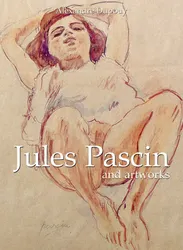
Jules Pascin and artworks
Alexandre Dupouy
book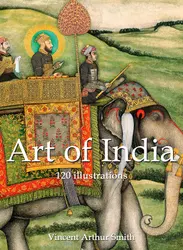
Art of India 120 illustrations
Vincent Arthur Smith
book
Pre-Raphaelites 120 illustrations
Robert de la Sizeranne
book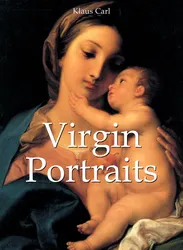
Virgin Portraits
Klaus Carl
book
Louis Comfort Tiffany and artworks
Charles De Kay
book
Egon Schiele and artworks
Jeanette Zwingenberger, Esther Selsdon, Ashley Bassie
book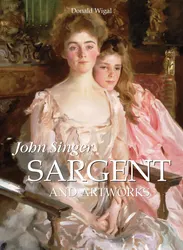
John Singer Sargent and artworks
Donald Wigal
book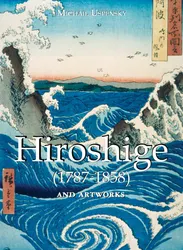
Hiroshige and artworks
Michail Uspensky
book
Flowers 120 illustrations
Victoria Charles
book
Erotic Drawings 120 illustrations
Victoria Charles
book
